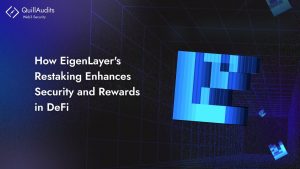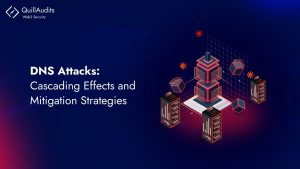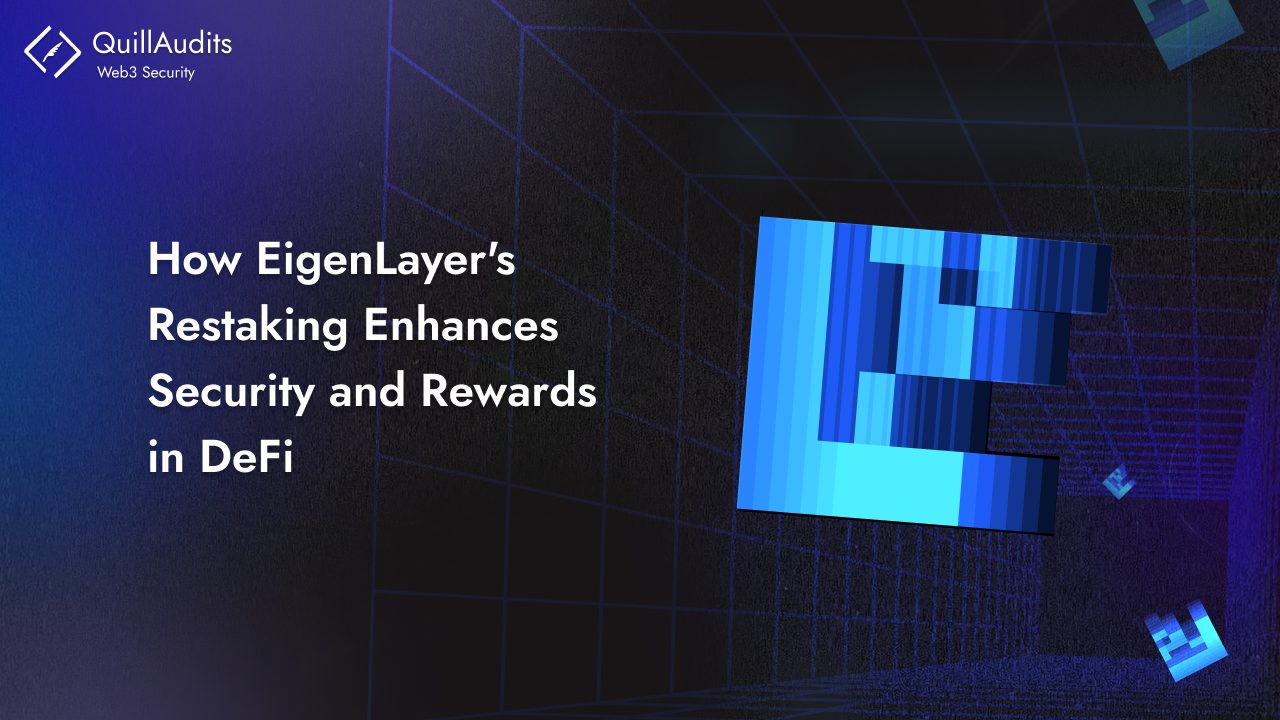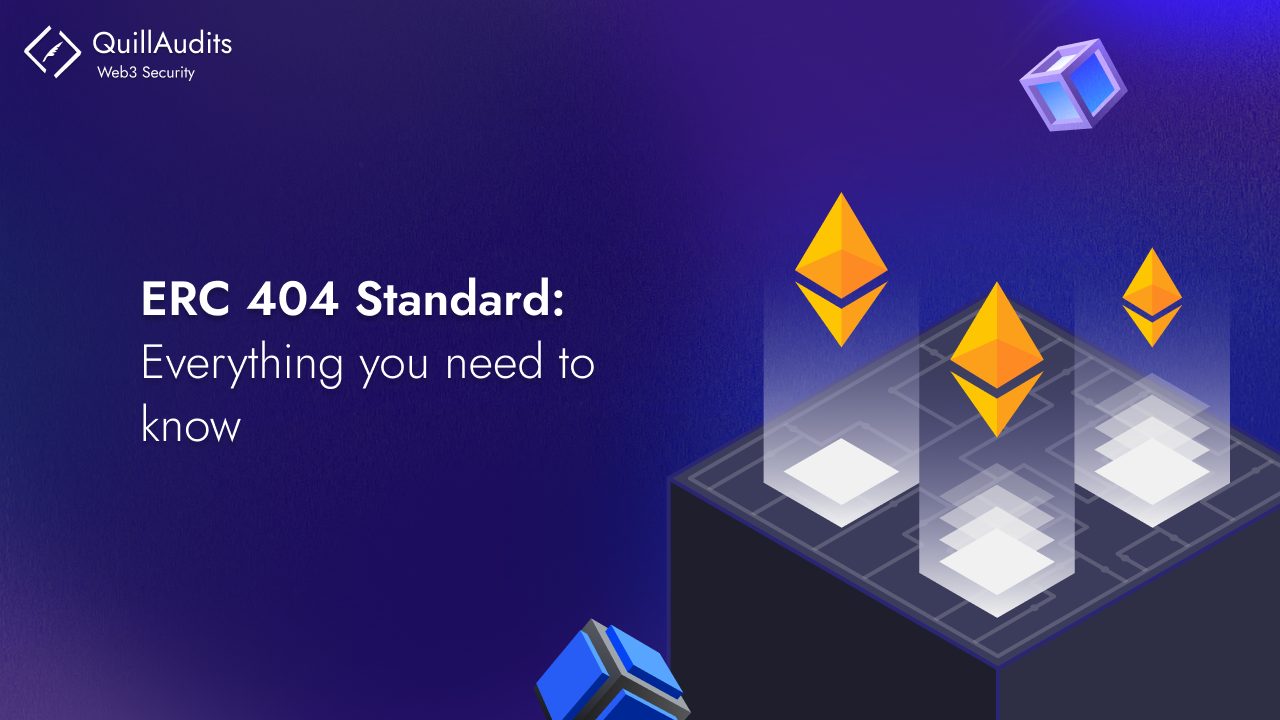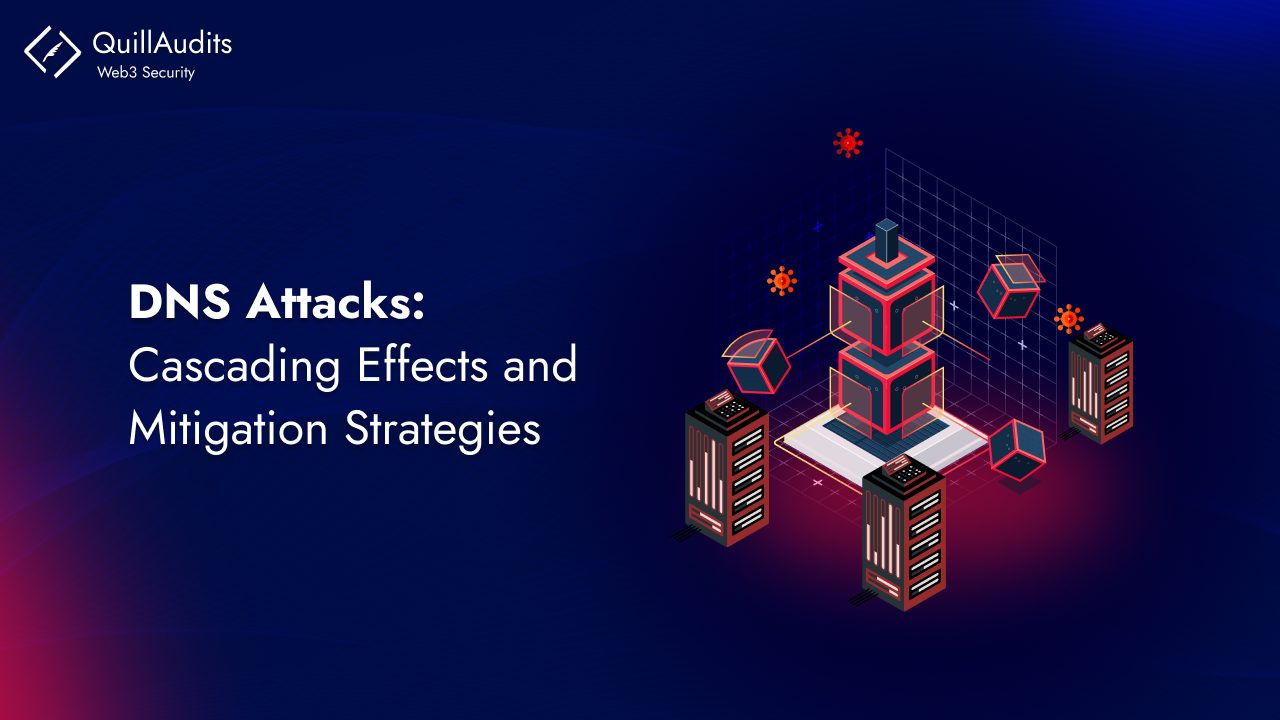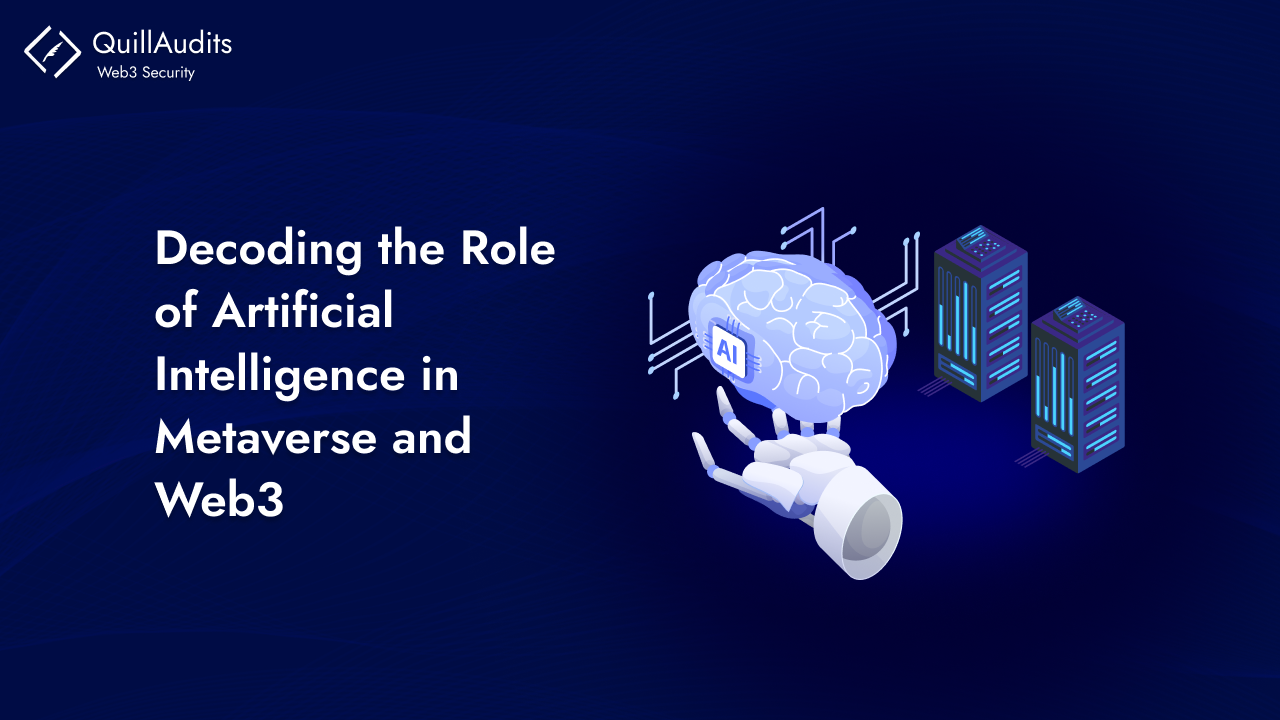At every point in time, the internet keeps changing dimensions to solve the shortcoming of the previous version. And Web3 is the newest form springing up to tackle the privacy concerns of the internet while maintaining anonymity in its functioning.
The success rate of the adoption of Web3 is for the new innovative methods it inculcates in addressing challenges through blockchain, smart contracts and network nodes.
The ascendance of Web3 also lays the ground for the most sophisticated attacks that threaten the Web3 economy. This calls for the immediate need to strengthen Web3 security. In this blog, let’s briefly analyse Web3, its associated cybersecurity threats, and its solution.
Progression of Web3
The internet of today that gleams with innovation is a result of evolution over three decades. Web1.0 usage was limited to only reading and sharing webpages with less interactivity. In the subsequent Web2.0 upgrade, the engagement was high, enabling users to create, access and share content on platforms like Youtube, Twitter, etc.
And now comes the Web3.0 era, where users can publish or purchase content and completely control their identities. No intermediaries are involved as the transactions are publicly accessible and immutable.
Speaking of security, Web1.0 and Web 2.0 employed SSL (Secure Socket Layer) and TLS (Transport Layer Security) respectively, for establishing secure communication between users and servers. Although these security solutions faced critical vulnerabilities, they became robust over time.
Similarly, the security of Web3 is a work in progress and security companies are putting efforts into technically addressing the systemic weakness of the blockchain systems. Based on the attacks on the Web3 protocols, let’s find how we can categorise them for a better understanding.
Classification of Web3 Attacks
Differentiating and studying the specific areas of attacks helps developers and project owners enforce better safety in the Web3 ecosystem. Here’s an outline of some of the primary targets of the hacks.
Larger asset handlings: The Web3 protocol holding the greatest Total Value Locked (TVL) figure is the most common target for a well-resourced hacker group. Because only from these can they yield maximum returns for the time and efforts they put into work.
Smart contract vulnerabilities: If the project is directly launched without undertaking any audits, it will most likely be exposed to coding vulnerabilities. At the same time, auditing helps identify the loopholes in the code, protecting from any major damage to the funds.
Attack patterns: Various factors can be analysed from the hacks to understand the pattern. Depending on the nature of the hack, we can explore the necessary tools and their level of automation in execution. It helps in Web3 security or prevention from hacks in the future.
Analysing The Class Of Hacks In Web3 Space



Advanced Persistent Threat (APT)
As the name indicates, these attacks target gaining access to a network and remain undetected for a prolonged time. They are well-planned hacks and performed on high-value targets as it requires a great deal of resources and effort.
Ronin Hack
Ronin network is one of the largest hacks in Web3 history, where the attackers were able to siphon off Ether worth $625 million at the time.
The validator nodes of the Ronin blockchain were hacked to approve transactions, and it was six days after the team could identify the hack.
Governance attacks
The governance voting is one of the noteworthy aspects of Web3. Governance rights are issued to the community to vote on the proposals for any upgrades to the platform. By gaining control of this, hackers intrude and make malicious proposals in their favour to loot away the treasuries.
Audius hack
One such recent governance attack was executed on Audius, a web3 music platform leading to a $1.1 million loss.
The hacker exploited a vulnerability in the coding, which gave them the access to rewrite the governance voting rules and get hold of the AUDIO tokens. And by using those tokens, they voted on a malicious proposal.
User-Targeted Phishing Attack
Phishing is the most common social engineering technique manipulating users into revealing confidential information such as account info, passwords, etc. Every day, many phishing campaigns are launched through emails and instant messenger, of which most are successful.
OpenSea Hack
OpenSea, a leading NFT marketplace, was a victim of a phishing attack in 2022. A simple phishing link hack stole $1.7 million worth of assets from the platform users.
Attributes Of Web3



As we know, Web3 is instilling its dominance, and understanding its strength helps manifest its fullest potential. Here is a list of what are they
Ownership: The elimination of intermediaries powers decentralisation, thereby handing over the rights to the user to create and distribute content.
Privacy: The decentralized identity system allows users to control their online personal information.
Security: The data here are tamper-proof and cannot be stolen or copied. It is always good to use audited web3 solutions for maximum protection.
Collaborative: DAOs are a management model created by Web3 where the community members can have a say in operations.
Scope: Web3 are open source, and an infinite number of projects can be built on top of it, offering coverage for new implications.
Web3 security- Need of the hour
Given the current scenario, Web3 project developers should focus on testing and evaluating the project code. An established third-party audit firm does the job of revising the code and catching potential bugs that ensures the release of a secure application.
Why QuillAudits For Web3 Security?
QuillAudits is well-equipped with tools and expertise to provide cybersecurity solutions saving the loss of millions in funds.


